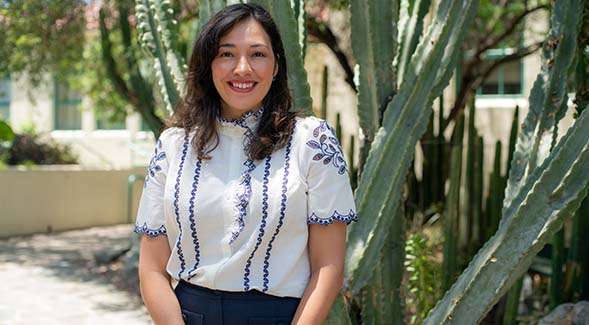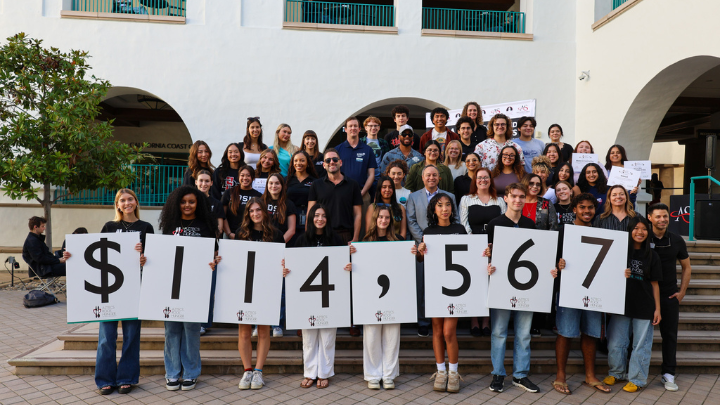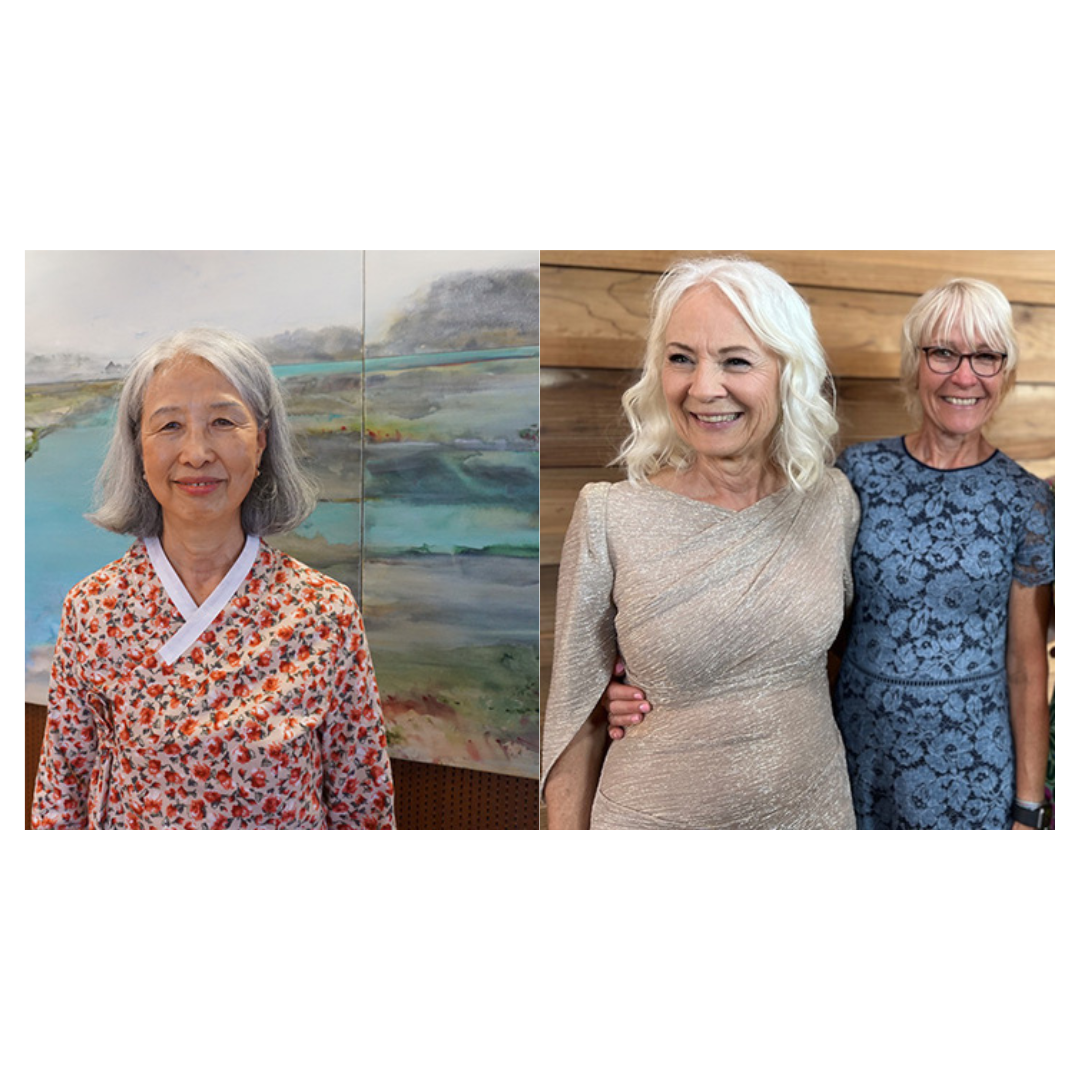Breaking the Cycle of Disparity: Improving Autism Services for Transborder Families
Alumna and assistant professor Ana Dueas is SDSU's first-ever recipient of the Institute of Education Sciences (IES) Early Career Award, which will support her work in the Imperial Valley.

When Ana Dueñas meets families in the Imperial Valley and listens to their stories, she finds the echoes of her own experience hard to miss.
Dueñas — a San Diego State University researcher and double alumna (’08, ’13) who studies autism service disparities in Latinx migrant communities — proudly identifies as transfronteriza (transborder) herself. She spent much of her youth navigating between family and cultural roots of Tijuana and the educational and economic opportunity of San Diego, living on both sides of the border at various points.
"I remember waking up at four in the morning and having to brush my teeth in the car just to get to school,” Dueñas said. “I can relate to the fluidity of that experience.”
As she starts her second year as an assistant professor of special education at SDSU, Dueñas has received a federal grant that will supercharge her work in Imperial County to improve the access to, and quality of, services for transborder families of autistic children.
Dueñas is the first SDSU faculty member to ever receive the Institute of Education Sciences (IES) Early Career Award, which supports the research and career development of promising investigators. It was one of only three conferred this year through the National Center for Special Education Research.
The grant will provide more than $680,000 over four years to support Dueñas as she assesses community needs and adapts proven therapeutic interventions to better fit their culture and context. She will be mentored by SDSU colleague Jessica Suhrheinrich — an expert in improving community-based services for individuals with autism — as well as other leading national researchers during the project.
“I'm very grateful to be at SDSU,” said Dueñas, a Board-Certified Behavior Analyst (BCBA-D). “I wouldn't have been able to conceptualize this project in the same way if I hadn't been influenced and supported by current colleagues and been inspired by the impact they're making in the community.”
Understanding service disparity
After graduating from SDSU in 2008 with a degree in psychology, Dueñas began her career as a social worker for families of autistic children. Her fluency in Spanish made her particularly in-demand and she carried a caseload of more than 100 families, primarily in the border community of San Ysidro.
It was an introduction to what she calls the cycle of service disparity. With autism services for young children effectively nil in Mexico, Dueñas witnessed families who lived in Tijuana renting rooms in the U.S. just so their children could receive behavioral therapy. And because of a lack of Spanish-speaking BCBAs, she saw caregivers impeded from becoming active participants in their childrens’ care.
“I felt like if I was going to be able to have any kind of impact, I had to go back to school,” said Dueñas, who enrolled in SDSU’s master’s program in special education with an emphasis on autism.
Working as a graduate research assistant for professor Bonnie Kraemer — now her SDSU colleague — Dueñas had the opportunity to interview families in the Imperial Valley. There, she discovered that service disparities were even more pronounced in rural border communities.
“It's a literal desert out there, and it's also a service desert,” she said.
Dueñas also found a lack of understanding and social stigma around the disorder persisting among migrant families. She heard stories of mothers being discouraged by their peers — even their partners — from even seeking a diagnosis for their children, out of fear for the strain it may cause.
Breaking down barriers
While there are ample research-tested autism interventions available, most were designed to fit middle- or upper-class white families. Yet Dueñas doesn’t believe they need to start from zero to make the strategies fit other cultural contexts.
“That's not, in my opinion, efficient,” she said. “And we're talking about an issue that is timely.”
Culturally adapting existing interventions goes beyond mere translation from English to Spanish. Dueñas will focus on ways to best provide education and coaching to families about what autism is and means, and how to leverage the strength of multi-generational households.
Above all, she is reluctant to take a top-down approach.
Utilizing a community-engaged model, Dueñas plans to partner with Imperial Valley community organizations and survey families to allow them to select which existing caregiver-mediated strategy she should adapt.
“I want to be very careful to understand my own level of colonization,” Dueñas says. “I recognize I'm an outsider in many respects. To me, success means fully integrating into the community — or at least having the community see me as a resource.”



